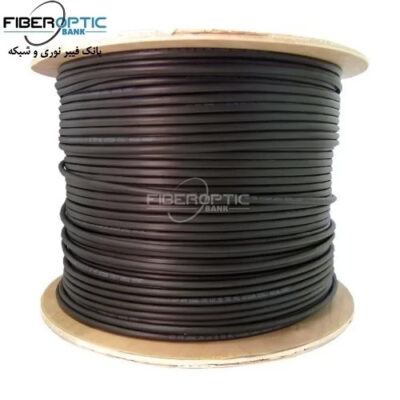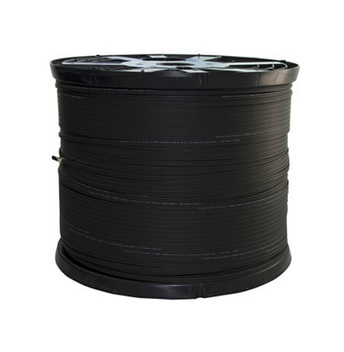InfiniBand vs Fiber Channel
In recent years, the application of InfiniBand and Fiber Channel in data storage has attracted some attention. Enterprises have increasingly aspired to pursue high-throughput, low-latency, and higher-performance network infrastructure. What is the difference between Infiniband and Fiber Channel in network storage technology, and what is the future development trend? From the perspective of storage technology, next we will discuss the difference between InfiniBand and Fiber Channel.
InfiniBand vs Fiber Channel: Enterprise Network Bottlenecks
The growth data of structured data and unstructured data in the past ten years shows that unstructured data accounts for a very large proportion. When enterprises respond to existing network requirements, they need to specify three important parameters in the selection of InfiniBand and Fiber Channel:
- Bandwidth – a measure of data transfer rate;
- Latency – the time it takes to complete an I/O request, also known as response time;
- IOPS – Input/Output Operations Per Second is an input/output performance measure used to characterize computer storage devices such as HDD, SSD, and SAN;
Two other parameters that every data center cares about are power consumption and reliability.
What is InfiniBand?
InfiniBand and Fiber Channel have their features and some differences in protocol performance and application. However, before choosing two storage technologies, we must first understand the definitions and characteristics of these two protocols. InfiniBand (IB) is one of the latest computer network communication standards for high-performance computing, featuring very high throughput and very low latency. It is most commonly used to interconnect supercomputers. Intel and Mellanox InfiniBand are the two major manufacturers of InfiniBand HBAs (Host Bus Adapters) and network switches. FS introduces the InfiniBand switch of Mellanox Quantum network card, which supports 200G transmission and is one of the best choices for high-performance data centers.
What is Fiber Channel?
Fiber Channel (FC) became the dominant choice for SAN networking in the mid-1990s. A traditional Fiber Channel network consists of specialized hardware called Fiber Channel switches that connect the storage to the SAN and Fiber Channel HBAs, which connect these switches to server computers. Fiber Channel is a mature low-latency, high-bandwidth, high-throughput protocol. As a storage protocol, FC is easy to configure and manage and has seen widespread adoption in the past.
Like InfiniBand, Fiber Channel supports both fiber and copper media. Because Fiber Channel is not sensitive to noise, it is the best transmission medium. Copper media is also used in many ways, especially for the connection of small Fiber Channel disk drives. FC modules for Fiber Channel also support a variety of different rates to meet different network connection requirements.
InfiniBand vs Fiber Channel: What Are the Differences?
Compared with Fiber Channel, InfiniBand uses RDMA technology to implement data transmission centered on communication applications and has more advantages in HPC data centers in terms of speed, scalability, and networking methods. Connectivity and expansion is a major goal of Fiber Channel, by sharing data and connecting thousands of devices together.
Today, data storage technology refers to the overall features of high performance, easy scalability, service, and intelligence. Storage systems include SAN storage, NAS storage, and DAS storage, and you can choose according to your storage needs, InfiniBand or Fiber Channel. FC networking may be more efficient, but it is relatively more difficult to maintain and the rate is low. IB networking has low latency and high speed, but the procurement cost is relatively high.
InfiniBand Continues to Push Forward
Both InfiniBand and Fiber Channel support lossless, low-latency networks and have certain scalability. However, Fiber Channel is developing slowly in terms of high performance, and the rate of InfiniBand is beyond imagination. Enterprises that require Fiber Channel can continue to take advantage of its superior performance for data transmission. In the future, InfiniBand will most likely be widely deployed to adapt to the development of high-speed communications.
Source: community.fs
Related products...
fiber-optic-cable
fiber-optic-cable
fiber-optic-cable

















[ratings]